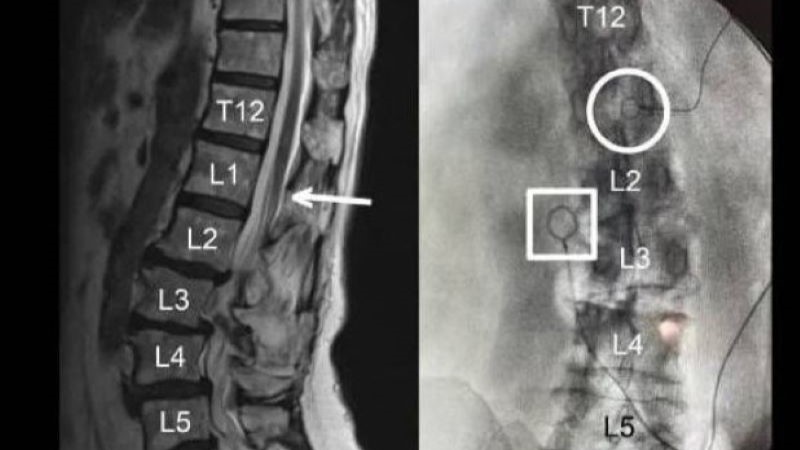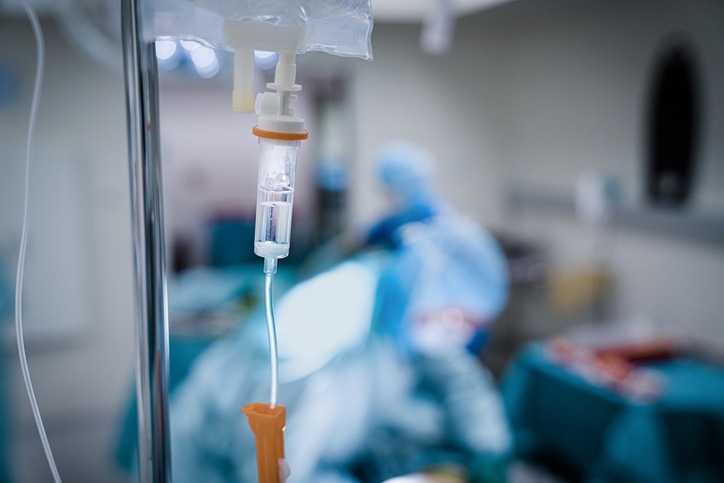
A study recently published in The American Journal of Pathology has identified new potential therapies for reducing inflammation in patients with chronic inflammation related to tendon injuries. Being that these are common injuries, particularly in older populations, researchers are searching for better ways to improve these patients’ symptoms. With this new study conducted by researchers in the UK, potential new therapeutics for patients with chronic tendon inflammation have been identified.
“Our study informs new therapeutic approaches that target diseased cells and promote resolution of tendon inflammation, harnessing the body’s own natural responses for therapeutic gain,” said Stephanie G. Dakin, PhD, BVetMed, Nuffield Department of Orthopaedics, Rheumatology and Musculoskeletal Sciences, Botnar Research Centre, University of Oxford, Nuffield Orthopaedic Centre, Oxford, UK.
Specifically, this study shows the anti-inflammatory effects of lipoxin B4 (LXB4) and Resolvin E1 (RvE1), two specialized proresolving mediators (SPMs), on cultured tendon cells with induced shoulder tendon disease. The resident stromal cells, particularly fibroblasts, are key contributors to inflammatory joint diseases, as per Dakin and colleagues.
Once one is injured, their fibroblasts are activated and undergo a form of inflammation memory that contributes to the transition from acute to chronic inflammation. Once this occurs, these fibroblasts cannot return to their normal state. The SPMs used in this UK study interfere with this chronic inflammatory transition, enabling fibroblasts to resolve inflammation of the tendon.
Undurti N Das, MD, DSc, UND Life Sciences, Battle Ground, WA, USA, and BioScience Research Centre and Department of Medicine, GVP Medical College and Hospital, Visakhapatnam, India, touched on the importance of understanding the communication that occurs between resident stromal cells like fibroblasts. Specifically, Das noted that this understanding is important in not only the cells partaking in inflammatory joint diseases, but those involved in the transition from acute to chronic inflammation, tissue resident and incoming macrophages, other infiltrating immune cells, and endothelial cells as well. Understanding all of these different concepts is important to both the disease process and the development of new therapies.
“In this context, the report by Dakin et al is of substantial interest to the field. It establishes that tendon stromal cells isolated from patients with tendon tears show pro-inflammatory phenotype and secrete significantly higher amounts of interleukin (IL)-6 with dysregulated production and action of lipoxin A4, resolvins, protectins, and maresins compared to normal cells,” Das explained.
“There is a clear unmet clinical need to develop effective new therapeutic approaches to treat tendon disease,” added Dr. Dakin. “SPMs, including LXB4 and RvE1, may target diseased cells and potentiate resolution of chronic tendon inflammation.”
Protective mediators can help heal injured tendon cells by attacking inflammation https://t.co/bCv0SisW2B via @circleboom
— Science & Research News (@Gander_News_d6) October 10, 2019







 © 2025 Mashup Media, LLC, a Formedics Property. All Rights Reserved.
© 2025 Mashup Media, LLC, a Formedics Property. All Rights Reserved.